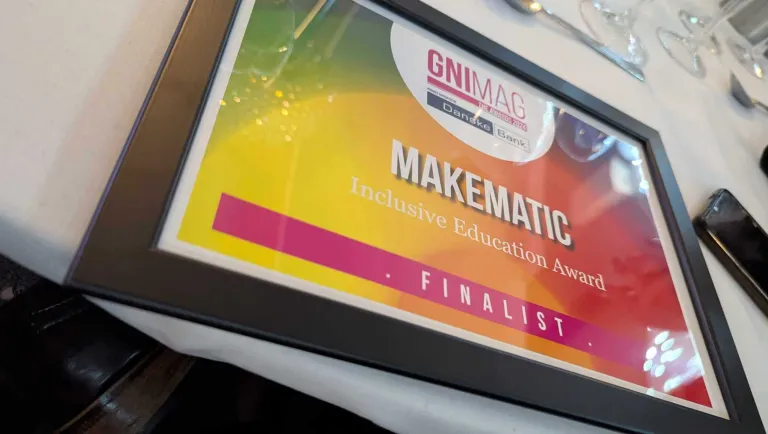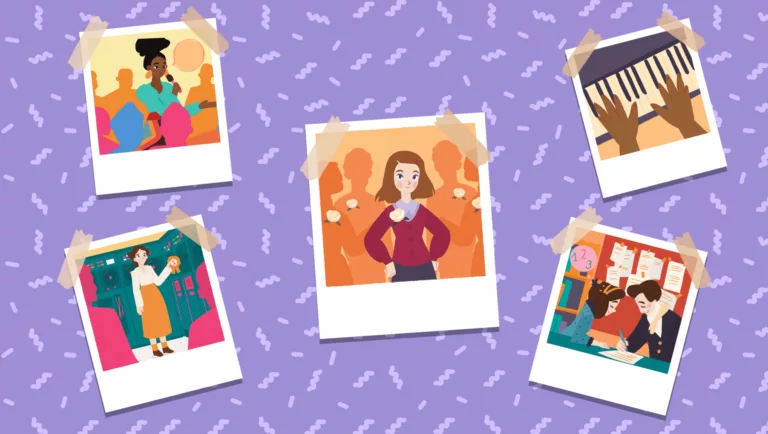
4 Things You Need To Know About Post Millennials And Their Relationship With Technology
This is our first in a series of blogs about post-millennials, their relationship with technology their main attributes, likes and aspirations.
51% of the world’s population is under the age of 25 and is more racially diverse than other generations. Known as post-millennials, young people born after 1995, are a generation who have lived through a great recession, have never known a world without technology, or a 24/7 new cycle. They are global citizens, have a high BS metre, and care about social causes and authenticity.
The education landscape is slow to adapt to the needs of this generation. Mostly this is because this generation is far more technologically savvy than many of those that teach them. So whether you are an educator, parent or employer, here are 4 things you need to know about this generation and their relationship with the technology they consume, curate and create.
They Are VERY Aware Of Their Digital Footprint
This generation has had their lives documented from the moment they were born. Which means they are more aware of their digital footprints than generations that precede them.
Recently I was observing some user testing with 15 - 20-year-olds and I was surprised by how often they talked about their digital footprint in the context of the testing. It has been said that this is why Snapchat has been such a powerful social media tool of this generation. A messaging app that lets users exchange videos and pictures which disappear once they are viewed would be appealing to a generation acutely aware of their footprint, wouldn’t it? What’s interesting about this generation in comparison to their closest relative, the millennial, is that they are more discerning with what and who they share online.
Their Brains Are Different
Some research has shown that the brains of post-millennials are structurally different than those of earlier generations. “The brains of Generation Zs have become so wired to sophisticated imagery, and as a result, the part of the brain responsible for visual ability is far more developed, making visual forms of learning more effective Auditory learning (lecture and discussion) is very strongly disliked by this age group. Interactive games, collaborative projects, advance organizers, challenges, and anything that they can try and see are appreciated.”
Another thing to note is that post-millennials can seriously multi-task. One estimation is they can juggle, 5 screens at once and know and understand what is going on. That means they could be snapping photos on Snapchat, liking content on Instagram, texting a group of friends, reading something on one of their news feeds and playing a video game all at the same time.
This endless visual simulation and multi-tasking means they have shortened attention spans. This is actually something that we all suffer from, but the estimate for their attention span is 8 seconds!!! There is some debate over the validity of this statistic, the truth of the matter is, even if that statistic is incorrect, we all know our attention spans are getting shorter.
They Love YouTube, Instagram and TikTok
YouTube, Instagram, Snapchat and TikTok are popular with post-millennials. YouTube and Instagram’s appeal hinges largely on the range of content available: the way they tailor preferences for watchers based on what they’ve viewed or who they follow, the autonomy viewers feel over their viewing choices, freedom to expand their interests in conjunction to doing activities themselves, the constant stream of new content available, the connection viewers have with the vloggers and influencers who dominate the landscape and the appeal of the proliferation of the popular sensory and instructional videos.
But it's, Tik Tok, a social media app for creating and sharing short lip-sync, comedy and talent videos that we should keep an eye on. With around 500 million users, this app has captured the attention of 16 - 24 year old around the world.
They Watch A Lot Of Video
Post-millennials watch twice as much video as other generations and largely consume it on their mobile phones. Where do they watch most of this video? 85% of teens use YouTube, and 72% Instagram. No surprises there. But I think is what is more interesting is what are they doing. You might be surprised by the answer. They are watching video on their favourite social media platforms to feel connected, for inspiration and learning. Yes, learning!! This really is good news for educators. Video is more and more becoming essential to the learning of young people. In fact, a 2019 report by Kaltura found a whopping 82% of respondents viewed students’ expectations for how much video should be part of their learning increasing.
What Does This Mean For Educators, Parents and Future Employers?
- If young people are doing a computer-based task, just because they are listening to music, or have multiple tabs open, doesn't mean they aren't working or concentrating.
- Consider ways in which video consumption, curation and creation can be part of their learning or work experience
- Encourage both offline and online collaborative tasks and projects to develop their online and offline communication skill
Let's Work together


Makematic Finalists in Inclusive Education Award

